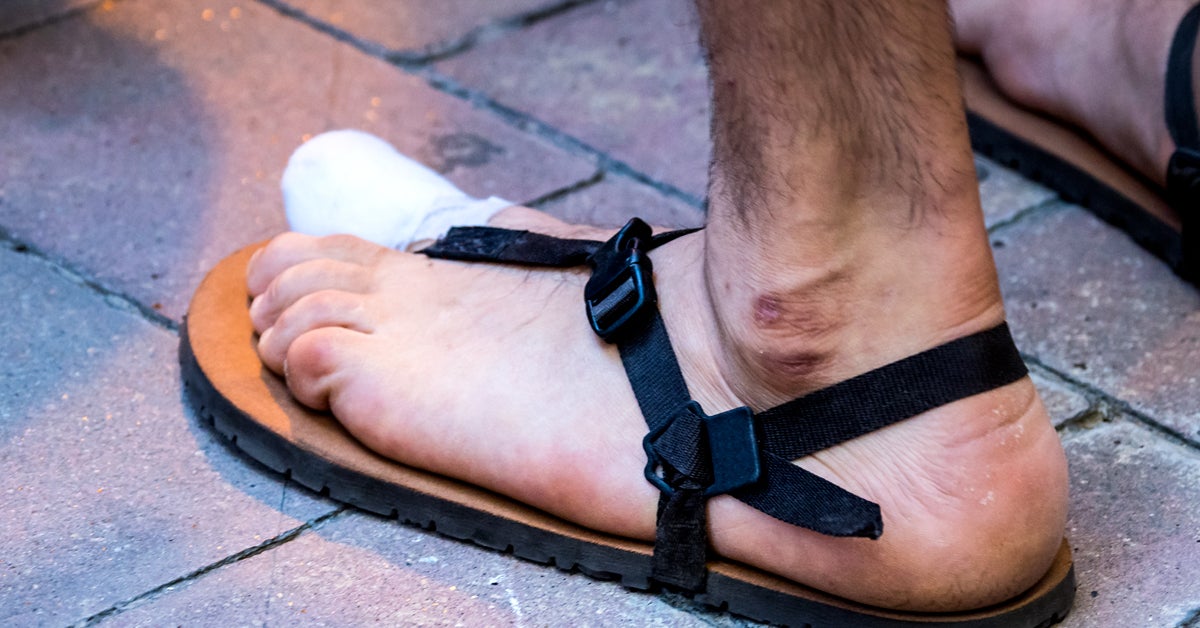5 Tips for Lowering Cholesterol: Diet, Exercise, and More
Cholesterol is a fatty, waxy substance in your blood. Some cholesterol comes from the foods you eat. Your body makes the rest.
Cholesterol has a few useful purposes. Your body needs it to make hormones and healthy cells. Yet having too much of the wrong type of cholesterol can cause health problems.
You have two kinds of cholesterol in your body:
- Low-density lipoprotein (LDL) is the unhealthy kind of cholesterol that clogs arteries. You want to keep your level below 100 mg/dL.
- High-density lipoprotein (HDL) is the healthy kind that helps to clear LDL cholesterol out of your arteries. You want to aim for a level of 60 mg/dL or higher.
The problem with high cholesterol
When you have too much cholesterol in your blood, it begins to build up inside your blood vessels. These deposits are called plaques. They harden and narrow your arteries, allowing less blood to flow through them.
Sometimes a plaque can break open, and a blood clot can form at the site of the injury. If that blood clot gets lodged in a coronary artery in your heart muscle, it can block blood flow and cause a heart attack.
A blood clot can also travel to a blood vessel that feeds your brain. If it disrupts blood flow to your brain, it can cause a stroke.
How to lower your cholesterol
The first approach to lowering cholesterol is with diet, exercise, and other lifestyle changes. Here are five tips to help you get started.
Eating right is an important part of both lowering LDL cholesterol and raising HDL cholesterol. You'll want to avoid saturated and trans fats because they increase LDL cholesterol. You can find saturated fats in foods like:
- red meat
- processed meats such as hot dogs, bologna, and pepperoni
- full-fat dairy foods like ice cream, cream cheese, and whole milk
Trans fats are made through a process that uses hydrogen to turn liquid oil into solid fat. Manufacturers like trans fats because they help packaged foods stay fresh for longer. But trans fats are unhealthy for your arteries.
These unhealthy fats not only raise LDL cholesterol, but also lower HDL cholesterol. That's why you should avoid them entirely, if possible. You'll find trans fats in foods such as:
- fried foods
- fast foods
- packaged baked goods like cookies, crackers, and cupcakes
Instead, get your fat from healthier monounsaturated and polyunsaturated sources such as:
- fatty fish like salmon, tuna, trout, herring, and sardines
- olive, canola, safflower, sunflower, and grapeseed oils
- avocados
- nuts like walnuts and pecans
- seeds
- soybeans
Although some cholesterol in your diet is fine, try not to overdo it. Limit foods like butter, cheese, lobster, egg yolks, and organ meats, which are all high in cholesterol.
Also, watch the amount of refined sugar and flour you eat. Stick with whole grains like whole wheat, brown rice, and oatmeal. Whole grains are also high in fiber, which helps to remove excess cholesterol from your body.
Round out the rest of your cholesterol-lowering diet with plenty of colorful fruits and vegetables, and lean protein like skinless chicken, beans, and tofu.
Fitness is essential for your overall health and well-being, but it can also help boost your HDL cholesterol. Try to get 30 to 60 minutes of aerobic exercise on most days of the week.
If you're strapped for time, break your workouts up into more manageable chunks. Walk for 10 minutes in the morning, 10 minutes at lunchtime, and 10 minutes when you get home from work or school. Incorporate strength training with weights, exercise bands, or body-weight resistance at least twice a week.
Eating well and exercising more often will also help you trim down. If you're overweight or obese, a loss of just 5 to 10 pounds may be enough to improve your cholesterol level.
Smoking is a bad habit for many reasons. In addition to increasing your risk of cancer and lung disease, the chemicals in cigarette smoke damage your blood vessels and speed the buildup of plaques inside your arteries.
Quitting smoking can be very challenging, but there are many resources available. Talk to your doctor about support groups or programs you can join for help.
You can also get support through a phone app like QuitNet, which helps people trying to quit smoking connect with each other. Or, download QuitGuide to learn more about your triggers and track your cravings.
If lifestyle changes aren't helping to lower your bad cholesterol enough, speak with your doctor about prescription drugs that may help. Some of these drugs lower LDL cholesterol, while others increase HDL cholesterol. A few do both.
Statins
Statins block a substance your liver uses to make cholesterol. As a result, your liver pulls more cholesterol from your blood. Examples of statins include:
- atorvastatin (Lipitor)
- fluvastatin (Lescol XL)
- lovastatin (Altoprev)
- pitavastatin (Livalo)
- pravastatin (Pravachol)
- rosuvastatin (Crestor)
- simvastatin (Zocor)
Bile acid sequestrants
Bile acid sequestrants bind to bile acids, which are involved in digestion. Your liver makes bile acids using cholesterol. When bile acids aren't available, your liver has to pull extra cholesterol from your blood to make more.
Examples of bile acid sequestrants include:
- cholestyramine (Prevalite)
- colesevelam (Welchol)
- colestipol (Colestid)
Cholesterol absorption inhibitors
Cholesterol absorption inhibitors prevent your intestines from absorbing as much cholesterol. Ezetimibe (Zetia) is a drug in this class. Sometimes Zetia is combined with a statin.
Fibrates
Fibrates increase HDL cholesterol and lower triglycerides — another type of fat in your blood. Examples include:
- clofibrate (Atromid-S)
- fenofibrate (Tricor)
- gemfibrozil (Lopid)
Niacin
Niacin is a B vitamin that can help raise HDL cholesterol. It's available in the brands Niacor and Niaspan.
You can lower your bad cholesterol — and raise your good cholesterol — with a few simple lifestyle changes. This includes eating a healthy diet and getting regular exercise. If lifestyle changes aren't enough, speak with your doctor about prescription medications.
- 11 Ways to Prevent Coronary Artery Disease 449 views
- 7 Tips for Treating High Cholesterol: Risks, Options, and More 8089 views
- 6 daily habits easily cause kidney disease 244 views
- Golden foods reduce cholesterol levels 7597 views
- Those 'forbidden' was eating eggs 3868 views
- Blown acne with CENTELLA 5433 views
- 3 extreme delights for 'it' 1636 views
- Super benefits of spinach basella: weak physiological cures, hemorrhoids, weight loss ... 632 views
- The great use of Strawberry 5938 views
-
 6 interesting genetic traits that children will inherit from their parents
6 interesting genetic traits that children will inherit from their parents
-
 7 effects of asparagus on child development
7 effects of asparagus on child development
-
 Does cutting blood hair for babies bring good luck?
Does cutting blood hair for babies bring good luck?
-
 The more babies eat, the higher the height they develop, especially the second kind
The more babies eat, the higher the height they develop, especially the second kind
-
 Children with chicken pox should eat to quickly recover from the disease, without leaving a deep scar?
Children with chicken pox should eat to quickly recover from the disease, without leaving a deep scar?
-
 The more food is cooked, the better it can be for health, especially the second type
The more food is cooked, the better it can be for health, especially the second type
-
 7 Tips for Treating High Cholesterol: Risks, Options, and More
7 Tips for Treating High Cholesterol: Risks, Options, and More
-
 Why Thousands of People Are Sharing Their Ostomy Bags on Social Media
Why Thousands of People Are Sharing Their Ostomy Bags on Social Media
-
 Photos Capture the Love LGBTQ Folks Have for Their Chosen Families
Photos Capture the Love LGBTQ Folks Have for Their Chosen Families
-
 Suicide Survivors Share Their Stories and Advice in These Photos
Suicide Survivors Share Their Stories and Advice in These Photos
-
 Fear of Abandonment: Overview, Symptoms, and Treatment
Fear of Abandonment: Overview, Symptoms, and Treatment
-
 Debridement:Types, Recovery, Complications & More
Debridement:Types, Recovery, Complications & More































